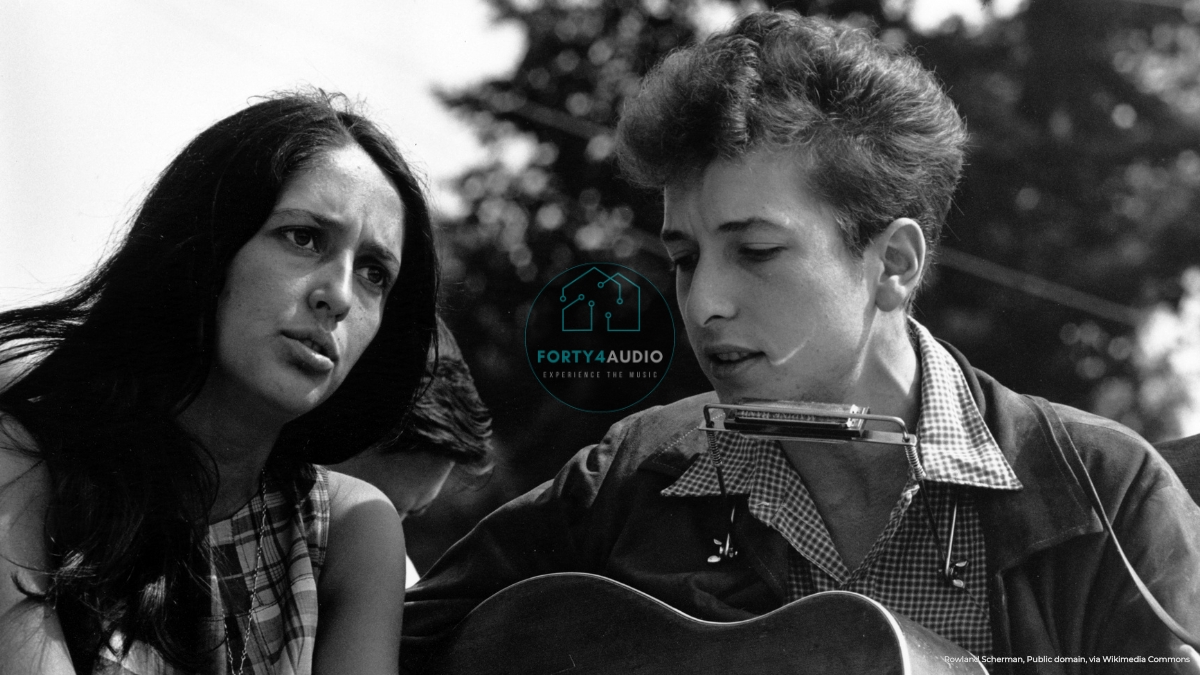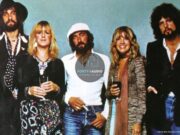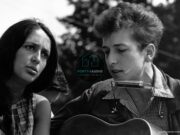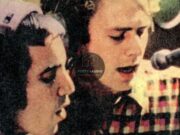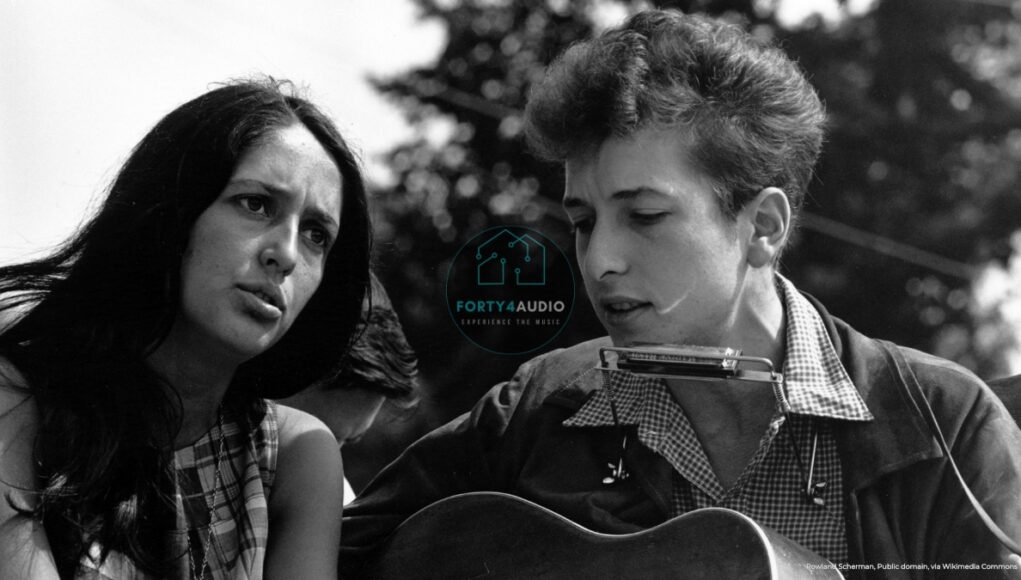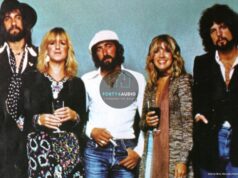Decoding Bob Dylan’s Lyrical Brilliance and Poetic Legacy
Bob Dylan has always been more than a musician. For songwriters, poets, and literary minds, he represents a rare convergence of melody and metaphor, protest and poetry, myth and memory. His lyrics have been studied in university classrooms, quoted in political speeches, and etched into the hearts of generations. But what makes Dylan’s songwriting so enduring? Why do his words still feel urgent, mysterious, and alive?
This article explores Dylan’s lyrical genius through the lens of his historical context, cultural impact, and poetic legacy – unpacking the metaphors, narrative structures, and rare moments that shaped one of the most influential voices in modern music.
Bob Dylan‘s Folk Roots and Early Influences
Before he became a Nobel laureate, Bob Dylan was Robert Zimmerman, a kid from Hibbing, Minnesota, obsessed with Woody Guthrie and the American folk tradition. Guthrie’s influence is unmistakable in Dylan’s early work – songs like Song to Woody and Blowin’ in the Wind echo Guthrie’s plainspoken protest style, but with a lyrical twist that hinted at something deeper.
The early 1960s Greenwich Village scene was fertile ground for Dylan’s growth. Surrounded by folk revivalists, beat poets, and political activists, he quickly became the voice of a generation. Albums like The Freewheelin’ Bob Dylan (1963) and The Times They Are A-Changin’ (1964) captured the spirit of civil rights and anti-war movements, but with a poetic edge that set him apart.
Bob Dylan Songwriting Analysis Through Iconic Lyrics
A Hard Rain’s A-Gonna Fall
Written during the Cuban Missile Crisis, this song reads like a prophetic vision. Each line is a riddle, a warning, a lament. Dylan’s use of repetition (I saw … I saw … I saw …) builds a sense of urgency, while his imagery – a newborn baby with wild wolves all around it – feels both ancient and apocalyptic.
Mr. Tambourine Man
Often misread as a drug song, this track is more accurately a meditation on creativity and transcendence. The tambourine man becomes a symbol of inspiration, leading the narrator away from the mundane into a dreamlike state. Dylan’s surrealist influences – Rimbaud, Ginsberg – shine through in lines like take me disappearing through the smoke rings of my mind.
Desolation Row
This eleven-minute epic is a collage of cultural references, from T.S. Eliot to Cinderella. It’s not a story in the traditional sense, but a landscape of decay and absurdity. Dylan’s genius lies in how he weaves these disparate images into a coherent emotional experience.
Tangled Up in Blue
Here, Dylan plays with time and perspective like a novelist. The narrative shifts between first and third person, past and present, creating a fragmented love story that feels more real because of its disjointedness. It’s a masterclass in nonlinear storytelling.
The Electric Transition and Its Impact on Dylan’s Lyrics
In 1965, Dylan plugged in his guitar at the Newport Folk Festival and changed the course of music history. The backlash was immediate – folk purists felt betrayed – but the artistic payoff was enormous.
Albums like Bringing It All Back Home, Highway 61 Revisited, and Blonde on Blonde (1966) marked a shift toward more abstract, personal, and experimental lyrics. Songs like Like a Rolling Stone and Visions of Johanna abandoned protest anthems for introspective, often cryptic storytelling. The electric sound gave Dylan’s words a new urgency, and his lyrics became more impressionistic, more open to interpretation.
Reinvention and Reflection Across Decades
Dylan’s career is defined by reinvention. In the late ’60s, he retreated from public life and recorded The Basement Tapes with The Band – lo-fi, rootsy songs that laid the groundwork for Americana. In the ’70s, he returned with Blood on the Tracks, a raw, emotionally complex album often cited as his lyrical peak.
The ’80s saw a gospel phase (Slow Train Coming), while the ’90s brought a return to form with Time Out of Mind, a haunting meditation on aging and mortality. In 2020, Rough and Rowdy Ways proved that Dylan’s pen had lost none of its sharpness. Tracks like Murder Most Foul – a 17-minute reflection on JFK’s assassination – showed that he could still surprise, still provoke, still matter.
Why Bob Dylan Won the Nobel Prize in Literature
In 2016, Dylan became the first songwriter to win the Nobel Prize in Literature. The decision sparked debate: Can lyrics be literature? The Nobel committee answered with a resounding yes, citing Dylan’s new poetic expressions within the great American song tradition.
Dylan’s response was characteristically enigmatic – he didn’t attend the ceremony, but later submitted a speech that referenced Homer, Shakespeare, and Buddy Holly. The award validated what fans and scholars had long believed: Dylan’s lyrics are not just songs – they’re literature.
Cultural Influence and Legacy of Bob Dylan’s Lyrics
Dylan’s influence stretches far beyond folk and rock. The Beatles cited him as a major inspiration. Patti Smith, Leonard Cohen, and Bruce Springsteen all drew from his lyrical style. Even hip-hop artists like Kendrick Lamar have acknowledged Dylan’s impact on narrative and wordplay.
His songs have been covered by hundreds of artists, studied in academic journals, and quoted in legal arguments. Dylan helped redefine what a song could be – not just entertainment, but art, commentary, and poetry.
Rare and Lesser-Known Facts About Dylan’s Writing
- The Basement Tapes: Recorded in a house known as Big Pink, these sessions were never meant for release. They became legendary bootlegs before being officially released decades later.
- Pseudonyms: Dylan has written under various aliases, including Sergei Petrov and Robert Milkwood Thomas.
- Visual Art: Dylan is also a painter and sculptor. His visual work shares the same surreal, layered quality as his lyrics.
- Unreleased Gems: Songs like Blind Willie McTell and Red River Shore were left off albums but are considered by many fans to be among his finest.
Essential Albums in Bob Dylan’s Discography
Whether you’re new to Dylan or revisiting his catalog, these albums offer a roadmap to his lyrical evolution:
- The Freewheelin’ Bob Dylan (1963) – Folk protest and poetic promise.
- Bringing It All Back Home (1965) – The acoustic/electric split.
- Highway 61 Revisited (1965) – Bold, surreal, and revolutionary.
- Blonde on Blonde (1966) – Dense, dazzling, and endlessly quotable.
- Blood on the Tracks (1975) – Heartbreak and narrative mastery.
- Time Out of Mind (1997) – Mortality and mood.
- Rough and Rowdy Ways (2020) – A late-career triumph.
Also worth exploring: Dylan’s work with The Traveling Wilburys, a supergroup featuring George Harrison, Tom Petty, Roy Orbison, and Jeff Lynne. Their playful, collaborative spirit offered a different side of Dylan’s songwriting.
Why Dylan Still Matters
Bob Dylan’s lyrics continue to challenge and inspire because they resist easy answers. They’re layered, literary, and alive with contradiction. Whether he’s writing about war, love, faith, or memory, Dylan invites listeners to think, feel, and interpret.
For musicians and writers, he’s a reminder that words matter – that a song can be a story, a sermon, a spell. For fans, he’s a companion through decades of change. And for culture at large, he’s proof that poetry can still move the world.
Keep the Words Rolling with forty4 Audio
If Dylan’s lyrics have ever made you pause, rewind, or scribble in a notebook, you’re in the right place. At forty4 Audio, we celebrate the craft of songwriting, the beauty of analog sound, and the stories behind the music. Join our community of listeners, lyric lovers, and sonic storytellers as we explore the artists who shape our world – one verse at a time.
Let’s keep the conversation going. What’s your favorite Dylan lyric – and why?
